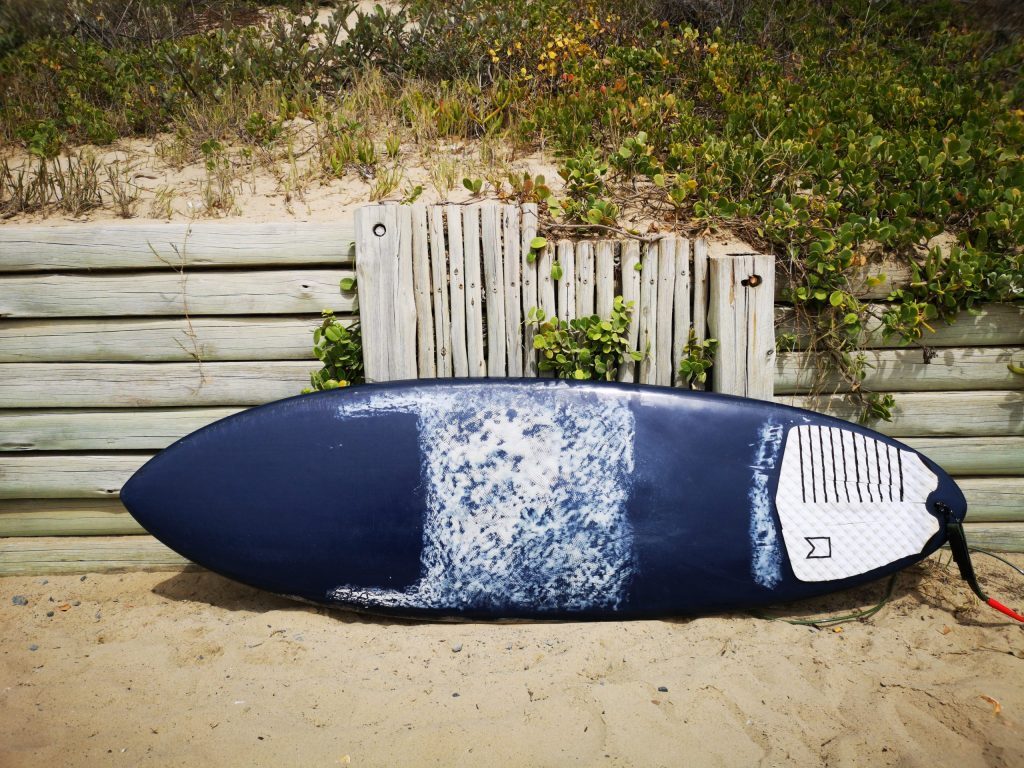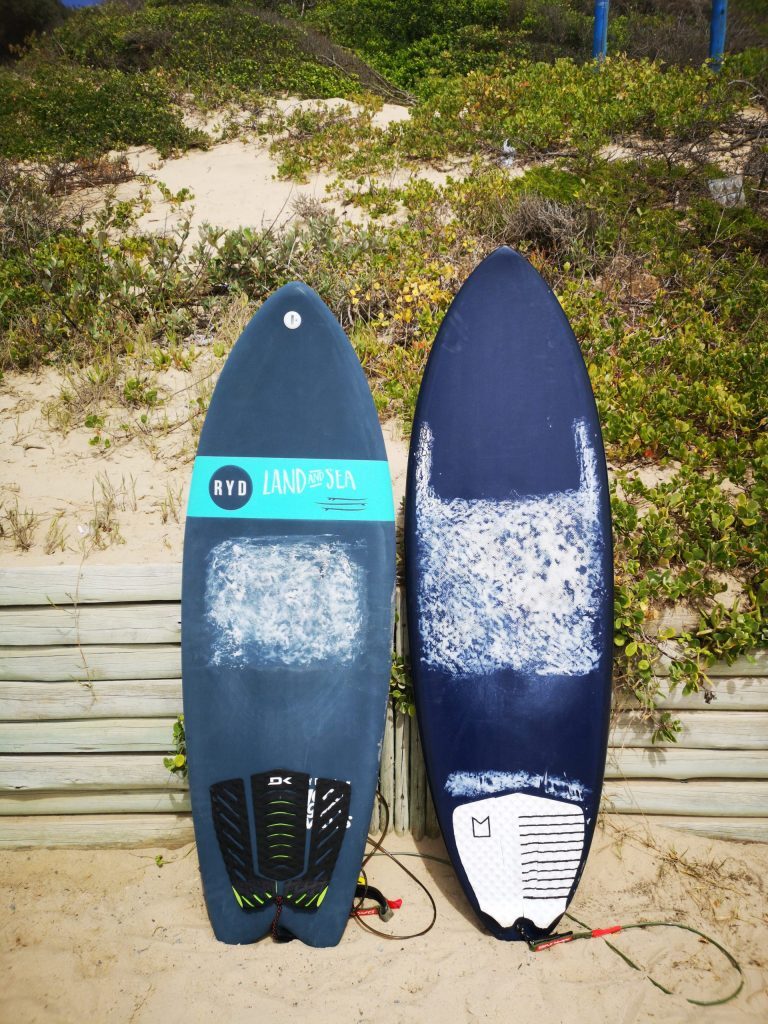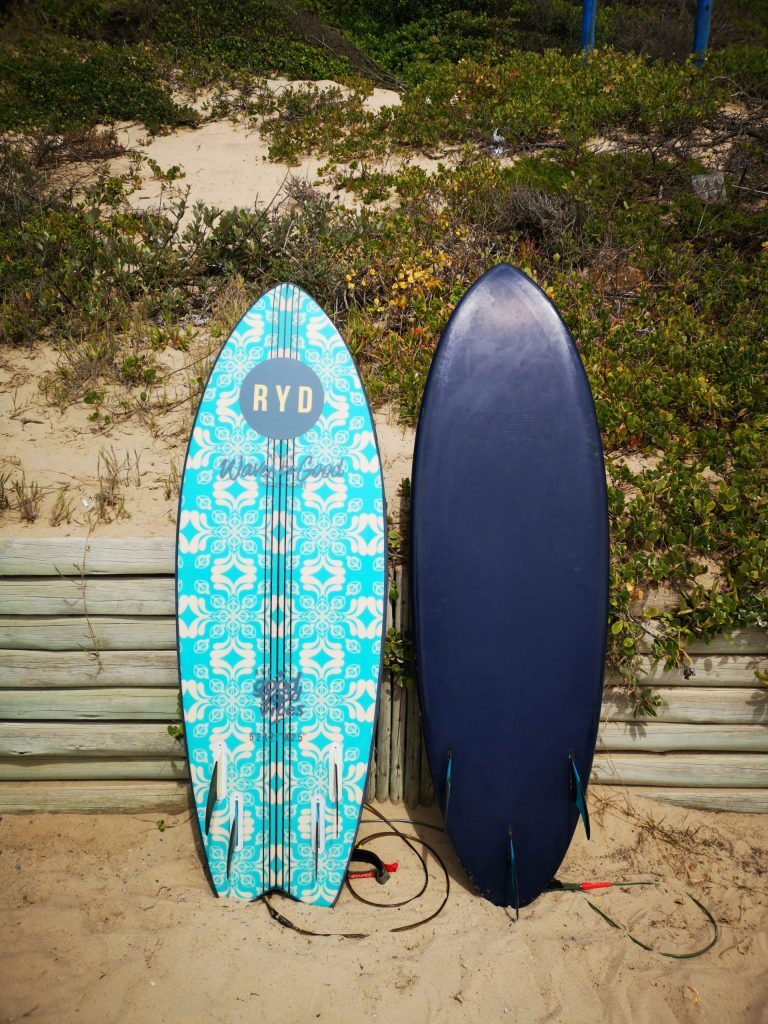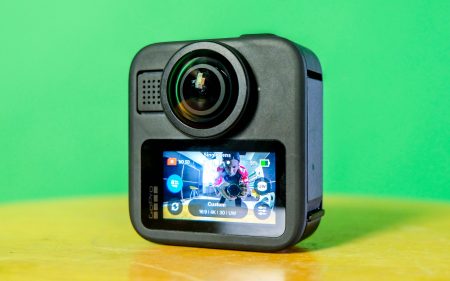Surfboards are a little like car tyres, if you think about it. Most folks who use them don’t worry too much about how they work, they just want to go out and have a good time. But there’s always some intrepid scientist making them better in ways that aren’t immediately (and visually) apparent, and there are always avid fans keeping up with these developments. I, sadly, have not been one of these. But over the festive season, that changed.
The last time that I did any extensive surfing was a little over a decade ago. Boards then were about 6′ (six foot) on average, with sizes ranging between 5’10” (5 foot, 10in), with 6’11” actually being considered shortboards. Conditions dictated length, if you were lucky enough to have more than one board, and, generally, the bigger the surf, the larger the board. For stability reasons, since an old 6’3″ rounded pin skips down the face like a stone across a pond if the surf is large enough. Older boards were all glassed foam with bamboo stringers (the line down the middle of the board) and interchangeable fins were just starting to pick up in popularity. Most, though, had glassed-in fins (and those were so fun to repair when a rock or — worse — a foot took one out (sarcasm). That’s all changed.
The Future(Flex) is now
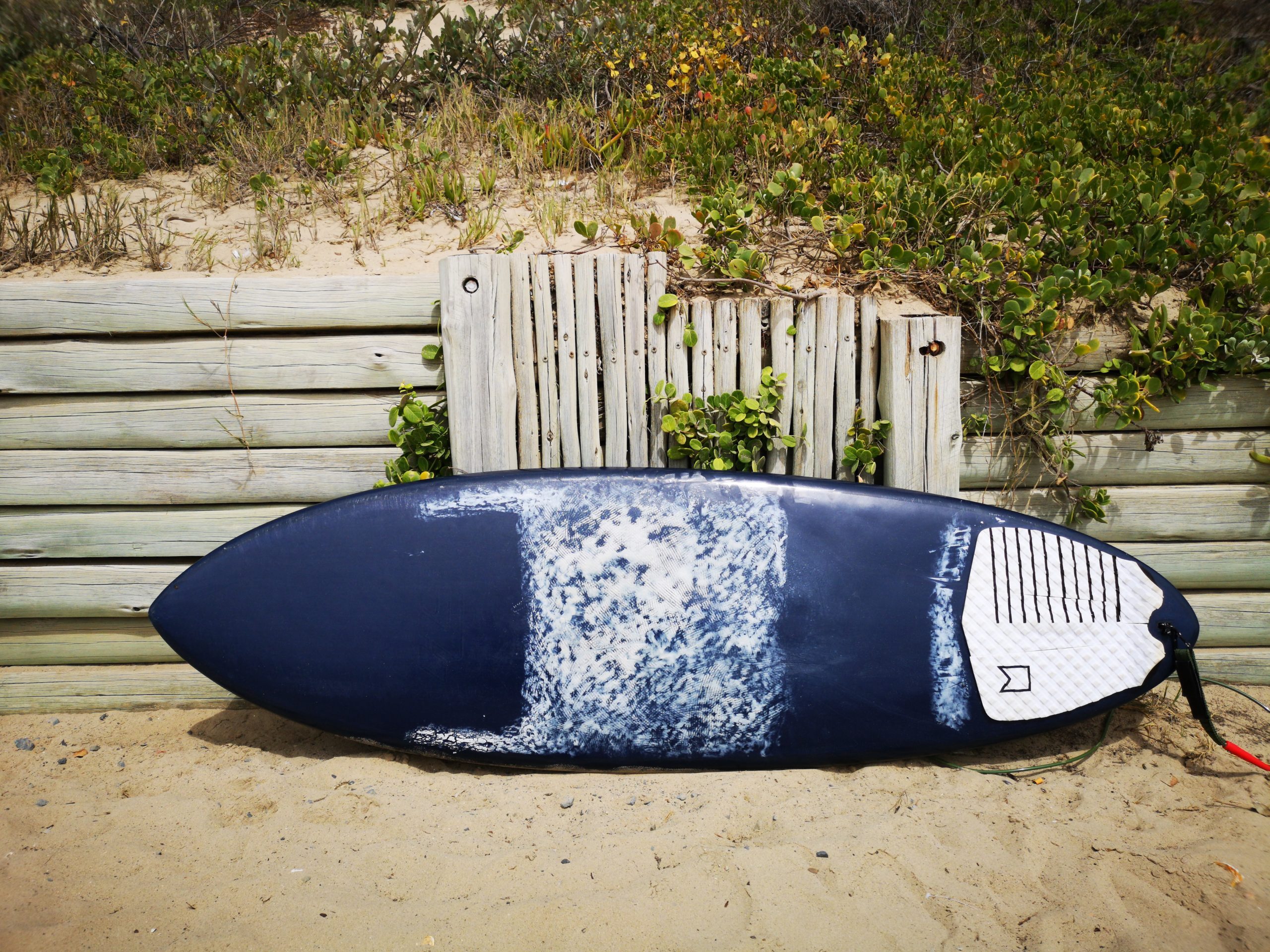
Now… you can take a 5’6″ surfboard out in conditions that would have had you reaching for an 7’10” gun (big-wave board) not all that long ago. I had the opportunity to spend some time on the 5’6″ HaydenShapes Hypto Krypto over the festive season, The Hypto Krypto is one of the most popular board designs on the planet, and with good reason.
Representing some of the largest advances in surfboard design, the Hypto (and other boards in the range) make use of a technology called FutureFlex. FutureFlex chucks out the stringers that give surfboards their symmetrical lines in favour of a high-density EPS foam core surrounded by parabolic carbon fibre rails. The difference seems to be a neater, more controlled balance of buoyancy and flex, allowing for a more responsive ride in a range of small-to-mid surf. The board can be made lighter without losing strength and, according to Hayden Cox, leads to a board that is more reactive than is possible with conventional stringer designs. Cox seems to be fond of comparing FutureFlex boards to F1 cars and… I can see his point.

Taking to the surf on the Hypto was an experience I’ve been dying to repeat since I last took the wetsuit off. It floated my 94kg frame with ease and paddling out to the back was hampered only by an annoying rip. Ducking under oncoming white water was so easy that I worried about hitting the bottom. And then I got a chance to take off on a few waves… This HaydenShapes are the best boards I’ve ever experienced. It takes off like a far thicker board but isn’t overly-floaty — that skidding sensation you get when a board is a little too thick isn’t present. Which is strange because, based on its size and how it floats, I was expecting it to feel very different standing up. Whether on a little one foot ripple or something a little more imposing (don’t get too excited, December in South Africa is hardly big-wave season), getting it into the perfect position for standing is a dream. Heading down the line, turning and bailing off the back (to avoid bathers) felt instinctive and even riding my backhand was easier than expected. Do I want to do it again? Hell yes.
If you’ve somehow missed the numerous mentions, the carbon fibre marvel above is the 5’6″ HaydenShapes Hypto Krypto FutureFlex (pollywog.co.za | From R11,500), available in increments from 5’4″ to 5’11”. You might want to put aside another R2.5k for some decent fins as well.
Short but stable

Then there’s something different, something that would have been unthinkable before the move to ever-shorter boards. You might be familiar with the soft-top. Early versions used to be low-quality foam with a bamboo core and would typically only last the length of a holiday before becoming waterlogged. Developments have seen epoxy-bottomed longboards come into vogue as a beginner’s ride but they’re not called logs for nothing. They’re easy to stand on but hard to turn.
Making a soft-top smaller and easier to ride for someone with a bit of experience is something that local manufacturer Ryd (with their Good Good Vibes model in my specific case) has gone and done. A melding of a beginner’s soft-top with modern shortboard design has resulted in an extremely short board — 5’2″, or smaller than the average Grade 8 student — that performs far better than your brain says is possible. Everything about the board, from its extra width and thickness (for buoyancy) to the shallow fish tail and the quad-fin setup is designed to allow for easy takeoff in small conditions, waves without much power behind them, and fairly hollow, fast-breaking surf. Modern soft-tops don’t need these factors — they perform admirably in larger conditions as well, going rail-to-rail with a speed that will take your breath away. They also (I’m told) do very well in the barrel in conditions up to about six foot.

In very practical terms, boards like these will take off on the ripples generated by someone sneezing hard at the back line. Really. I used this one in smaller surf where even the folks riding longboards were having hassles taking off and the result was a wave that looked so fun from the beach that people with no hope of taking off would paddle out — only to leave soon after when they realised that they didn’t have the right gear for the conditions. I also got more than a few neat freefalls when the surf picked up and started closing out, scaring nearby bathers in the process. Honestly? These little soft-tops are more than worth the price of admission, providing one of the most fun rides you’ll ever experience.
The board above is the 5’2″ Ryd Good Good Vibes soft-top (pollywog.co.za | R3,850), which is also available in 5’6″ and 6′ sizes. As with the Hayden above, the fins’ll cost you extra.
We love the fins
It’s not all about surfboard shapes and composition, though those factors certainly are major contributors, particularly on the soft-top. Cheaper model boards of that type often come with very cheap plastic fins which can alter performance. Dramatically. Instead this quad-fin is specced for Futures fins (one of the main removable fin standards available — the others being FCS and FCS 2). As with most tech, you get what you pay for. Running on the boards above is a combination of the Futures AM1 BlackStix (pollywog.co.za | R1,950), designed for softer waves (and therefore perfect for summer) and the Futures QD2 Quad BlackStix Rear (also pollywog.co.za | R1,050), which have carbon fibre tips. Compare their performance to the sort of thing you can pick up at the Spar in a coastal town and you’ll see why they’re priced the way they are. This lot are all made for speed generation in smaller conditions, an important consideration when surfing South Africa in the middle of summer. Cheap plastic fins that just barely hold you on the face… don’t stand a chance. But, with this arrangement of surfing kit, nor do the waves at your local break.
Images (and boards) courtesy of Lloyd Seeber

